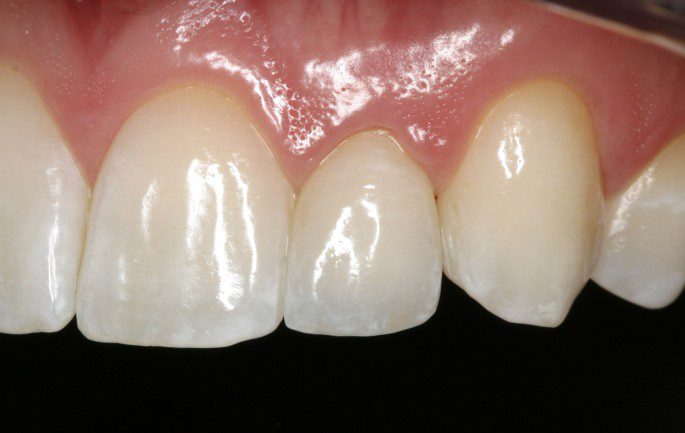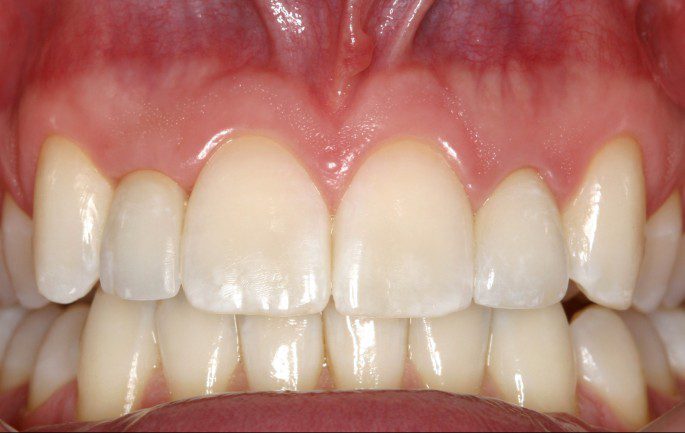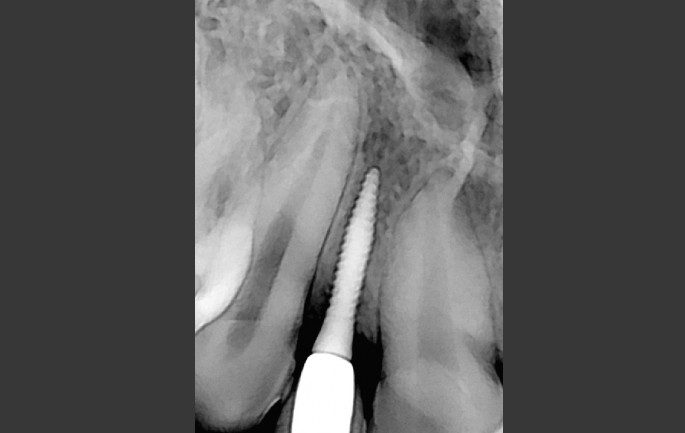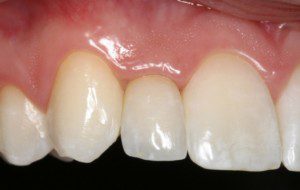
1 of 6
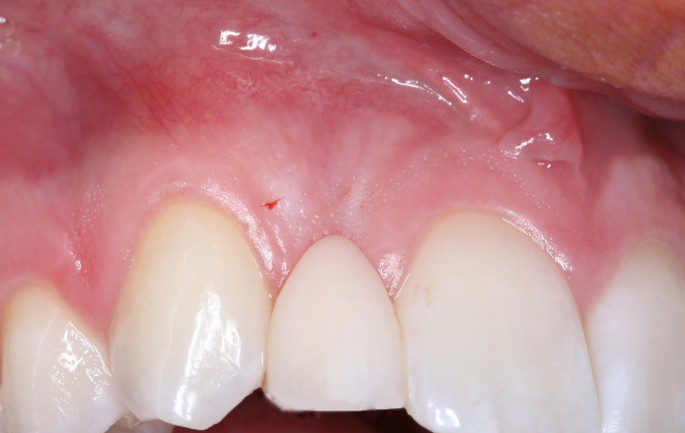
Close-Up: Maryland bridges are the old fashion treatment for patients missing front teeth. When done well these bridges were minimally invasive and esthetic. Most of them did not stay bonded to the adjacent teeth that were used for anchorage. Once the bridge became debonded the first time it was an ongoing nightmare for the patient as they would tend to debond at the most inconvenient time. Here, a Maryland Bridge was the final restoration for a 16 year old patient. By age 18 it had de-bonded several times. The family looked to dental implants to provide a permanent solution to the problem.
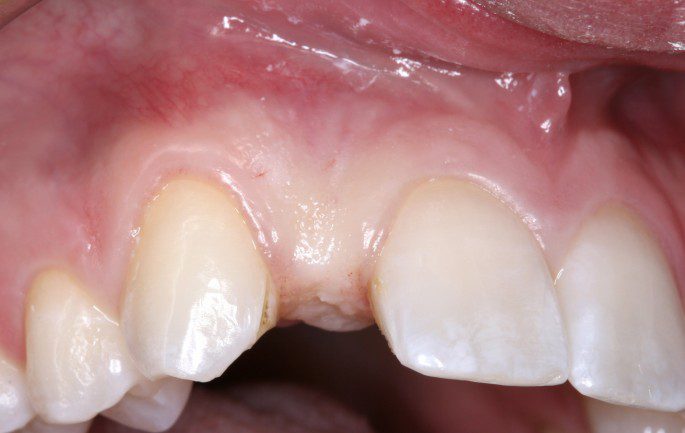
Close-up: Once the Maryland Bridge was removed there is a noteworthy narrow opening between the two surrounding teeth. Because the space was so narrow the patient had was a candidate for a mini implant. In some cases, the spaces are so narrow that the patient needs to go back through braces again to open the space.
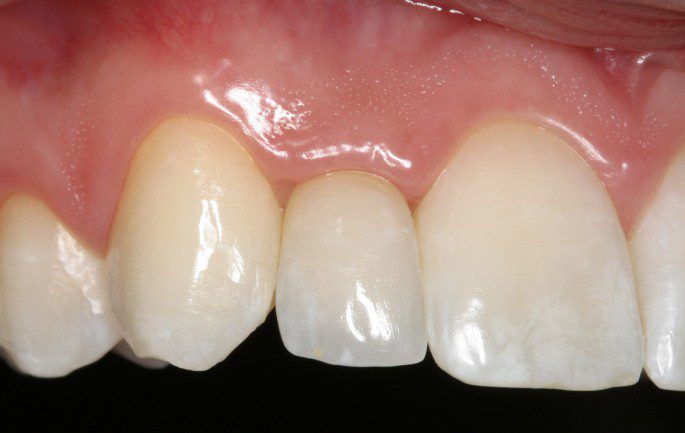
Close-up: The outstanding final result of the crown on the mini implant. There are only a few places where mini implants are indicated, upper lateral incisors (demonstrated here) and lower incisors (lower front teeth). Many so called "dental implant practices" use only mini implants. This is no more appropriate than a tire shop trying to place the same size tire on all vehicles. Buyer beware!

